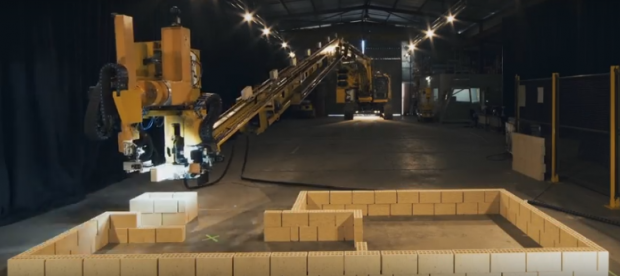
Breaking News
 Battleborn Batteries Responds! Their Overheating Device is a "Feature" not a "Problem
Battleborn Batteries Responds! Their Overheating Device is a "Feature" not a "Problem
 Actor Liam Neeson Outs Himself as MAHA After Narrating Pro-RFK Jr. Documentary Slamming...
Actor Liam Neeson Outs Himself as MAHA After Narrating Pro-RFK Jr. Documentary Slamming...
 Kyle Rittenhouse announced on social media Wednesday that he has tied the knot.
Kyle Rittenhouse announced on social media Wednesday that he has tied the knot.
 JUST IN: President Trump Grants Tina Peters Pardon
JUST IN: President Trump Grants Tina Peters Pardon
Top Tech News
 Build a Greenhouse HEATER that Lasts 10-15 DAYS!
Build a Greenhouse HEATER that Lasts 10-15 DAYS!
 Look at the genius idea he came up with using this tank that nobody wanted
Look at the genius idea he came up with using this tank that nobody wanted
 Latest Comet 3I Atlas Anomolies Like the Impossible 600,000 Mile Long Sunward Tail
Latest Comet 3I Atlas Anomolies Like the Impossible 600,000 Mile Long Sunward Tail
 Tesla Just Opened Its Biggest Supercharger Station Ever--And It's Powered By Solar And Batteries
Tesla Just Opened Its Biggest Supercharger Station Ever--And It's Powered By Solar And Batteries
 Your body already knows how to regrow limbs. We just haven't figured out how to turn it on yet.
Your body already knows how to regrow limbs. We just haven't figured out how to turn it on yet.
 We've wiretapped the gut-brain hotline to decode signals driving disease
We've wiretapped the gut-brain hotline to decode signals driving disease
 3D-printable concrete alternative hardens in three days, not four weeks
3D-printable concrete alternative hardens in three days, not four weeks
 Could satellite-beaming planes and airships make SpaceX's Starlink obsolete?
Could satellite-beaming planes and airships make SpaceX's Starlink obsolete?
Goodbye Bricklayers, Hello Fastbrick Robotics

Construction workers world-wide, especially brick-layers, are in for a rude shock as their jobs will virtually disappear in the next 10 years. Fastbrick can lay perfect stacks of bricks in 1/4 the time it takes a skilled mason. ? TN Editor
In the year 122, the Roman emperor Hadrian began building a stone wall that would eventually stretch more than 70 miles across Northern England. Constructed as a defensive fortification around the Roman-controlled province of Britannia, the wall took about six years to build; parts of it still stand and are a popular tourist attraction in England today.
Today, Hadrian's namesake is building walls at a much faster rate – much faster than any human can, in fact. Hadrian 105 is a robot developed by Australian company Fastbrick Robotics, and it's capable of laying bricks at a rate of 225 bricks per hour. For a human to lay that many bricks, it would take about half a day – and the Hadrian 105 is just a precursor for a much larger and faster robot to be named Hadrian X, which Fastbrick Robotics is currently working on.
The company describes the robots as "3D automated robotic bricklaying technology." It's not exactly the same as most 3D printing techniques we're used to seeing, as the bricks are already made – no raw materials are being extruded or sintered. It does meet the definition of additive manufacturing, though, as material is being deposited, one layer at a time, following a computer aided design.

 First totally synthetic human brain model has been realized
First totally synthetic human brain model has been realized Mach-23 potato gun to shoot satellites into space
Mach-23 potato gun to shoot satellites into space

